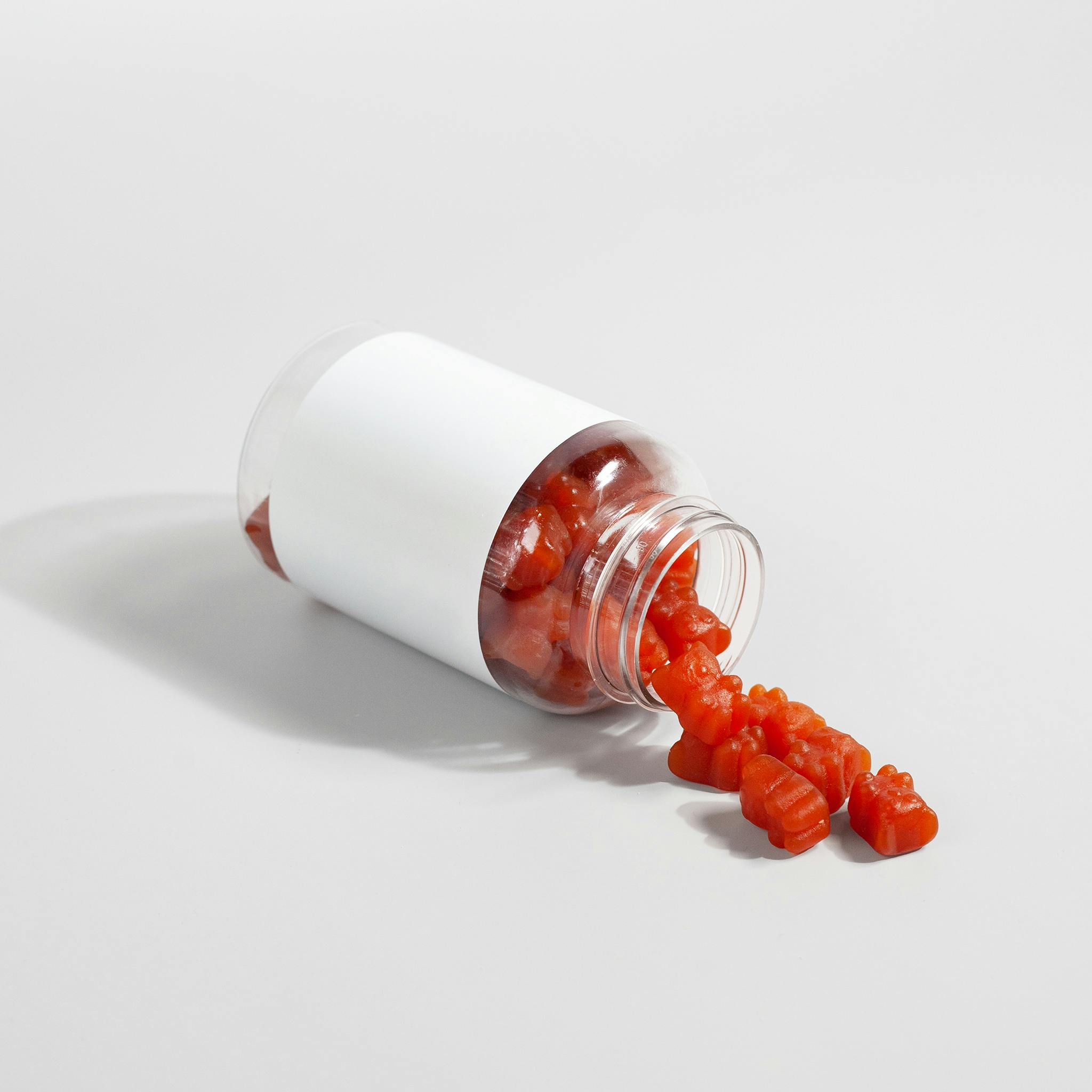Outcomes of delayed chest closure after congenital heart surgery in neonates

Published: February 22 2024
Abstract Views: 1595
PDF: 315
HTML: 33
HTML: 33
Publisher's note
All claims expressed in this article are solely those of the authors and do not necessarily represent those of their affiliated organizations, or those of the publisher, the editors and the reviewers. Any product that may be evaluated in this article or claim that may be made by its manufacturer is not guaranteed or endorsed by the publisher.
All claims expressed in this article are solely those of the authors and do not necessarily represent those of their affiliated organizations, or those of the publisher, the editors and the reviewers. Any product that may be evaluated in this article or claim that may be made by its manufacturer is not guaranteed or endorsed by the publisher.
Similar Articles
- Savina Mannarino, Eitan Keizman, Michele Pasotti, Alessia Claudia Codazzi, Elisabetta De Sando, Alessandro Giamberti, A rare case of discrete aortic coarctation in Williams-Beuren syndrome. Diagnostic and therapeutic considerations , La Pediatria Medica e Chirurgica: Vol. 37 No. 2 (2015)
- Sara Ugolini, Chiara Oreglio, Karl Christian Walsh, Antonino Morabito, Follow-up study of three cases of congenital microgastria , La Pediatria Medica e Chirurgica: Vol. 45 No. 2 (2023)
- Salvatore Fabio Chiarenza, Maria Luisa Conighi, Andrea Conforti, Ciro Esposito, Maria Escolino, Fabio Beretta, Maurizio Cheli, Vincenzo Di Benedetto, Maria Grazia Scuderi, Giovanni Casadio, Maurizio Marzaro, Leon Francesco Fascetti, Claudio Vella, Cosimo Bleve, Daniela Codric, Paolo Caione, Pietro Bagolan, Guidelines of the Italian Society of Videosurgery in Infancy for the minimally invasive treatment of the esophageal atresia , La Pediatria Medica e Chirurgica: Vol. 39 No. 3 (2017)
- Sarah Abdelmohsen, Mohamed Abdelkader Osman, Hussein Ali Mostafa, Mohamed Fathy, Ibrahim Ali Ibrahim, Mahmoud Mohamed Mostafa, Almoutaz A. Eltayeb, Osama Abdullah Abdul Raheem, Rectovestibular fistula: Which surgical approach is suitable? A randomized controlled trial , La Pediatria Medica e Chirurgica: Vol. 44 No. 1 (2022)
- Mario Lima, Tommaso Gargano, Giovanni Ruggeri, Francesca Destro, Michela Maffi, Laparoscopic treatment of congenital choledochal cyst and hepaticojejunostomy with extracorporeal Roux-en-Y anastomosis: technical aspects and early experience with three cases , La Pediatria Medica e Chirurgica: Vol. 38 No. 2 (2016)
- Cosimo Bleve, Maria Luisa Conighi, Enrico Valerio, Mario Cutrone, Giuseppe Iannucci, Alessandro Segna, Salvatore Fabio Chiarenza, Surgical management of large scalp infantile hemangioma in 30-month-old infant , La Pediatria Medica e Chirurgica: Vol. 44 No. 1 (2022)
- Sara Ugolini, Lorenzo Tofani, Elisa Zolpi, Louise Montalva, Cosimo Lotti, Antonino Morabito, Fabio Chiarenza, Arnaud Bonnard, Morbidity related to major lung thoracoscopic resections in children , La Pediatria Medica e Chirurgica: Vol. 46 No. 2 (2024)
- Cosimo Bleve, Valeria Bucci, Maria Luisa Conighi, Francesco Battaglino, Lorenzo Costa, Lorella Fasoli, Elisa Zolpi, Salvatore Fabio Chiarenza, Horseshoe kidney and uretero-pelvic-junction obstruction in a pediatric patient. Laparoscopic vascular hitch: A valid alternative to dismembered pyeloplasty? , La Pediatria Medica e Chirurgica: Vol. 39 No. 4 (2017)
- E. Callus, E. Quadri, A. Compare, A. Tovo, A. Giamberti, M. Chessa, Life Experiences and Coping Strategies in Adults with Congenital Heart Disease , La Pediatria Medica e Chirurgica: Vol. 35 No. 5 (2013)
- Alessandro Porta, Adriana Avanzini, Marta Bellini, Rosa Maria Crossignani, Stefano Fiocchi, Stefano Martinelli, Luciana Parola, Neonatal gastrointestinal involvement and congenital cytomegalovirus , La Pediatria Medica e Chirurgica: Vol. 38 No. 3 (2016)
1-10 of 153
Next
You may also start an advanced similarity search for this article.









